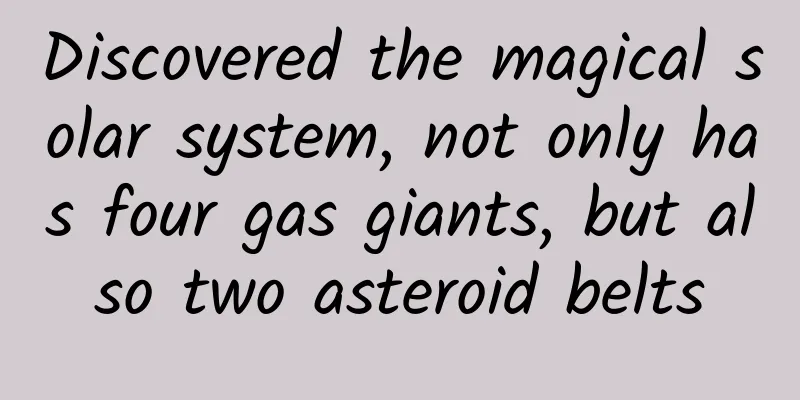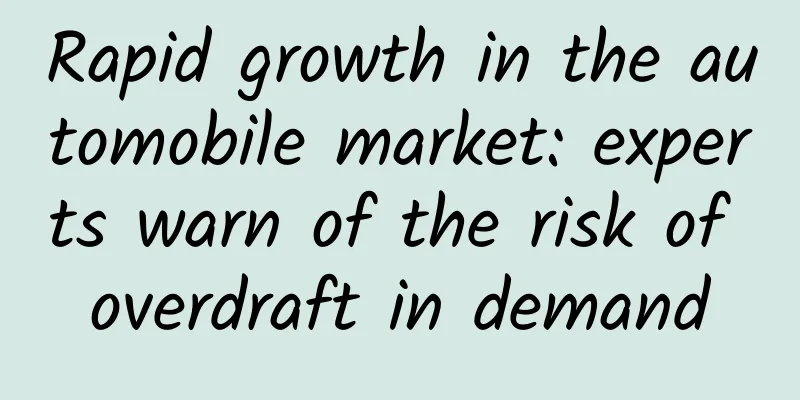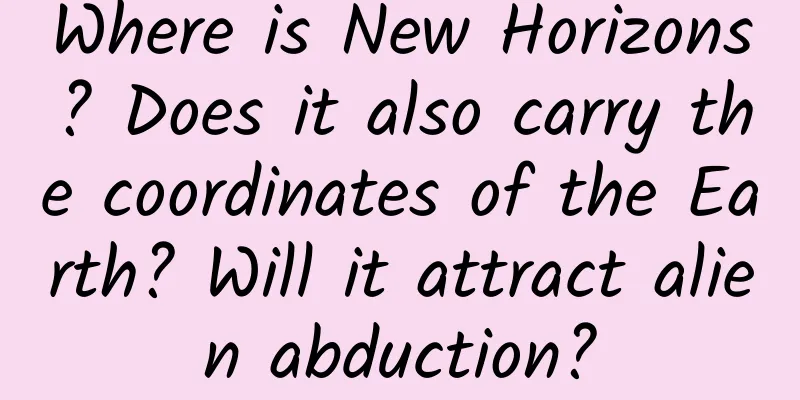Discovered the magical solar system, not only has four gas giants, but also two asteroid belts

|
The planetary system around the star HR8799 is strikingly similar to our Solar System, with four gas giants between two asteroid belts. A research team led by RUG and SRON used this similarity to model the material transport of asteroids, comets and other minor bodies within the system. The simulations show that the four gas planets receive material transported by minor bodies, just like in our own Solar System. Counting outward from the Sun, the Solar System consists of four rocky planets, an asteroid belt, four gas giants, and another asteroid belt. The inner planets are rich in refractory materials such as metals and silicates, while the outer planets are rich in volatile materials such as water and methane. During their formation, it was difficult for the inner planets to collect volatile atmospheres because the strong solar wind constantly blew the gas away. At the same time, the heat from the Sun evaporated any ice, making it more difficult to retain water. In the outer regions, there is less solar heat and wind, so the resulting gas giants could collect water ice and also gather large atmospheres filled with volatiles. Secondary objects, including asteroids, comets and dust, later fine-tuned this outcome by delivering heat-resistant material from the inner belts and volatiles and heat-resistant material from the outer belts. A team of astronomers led by RijksUniversity Groningen and SRON Netherlands Institute for Space Research wanted to know if the same transport system also applies to planetary systems around other stars. The study created a simulation model for this system around HR8799. This is similar to our own solar system, which has four gas giants plus an inner and outer belt, and possibly rocky planets in the inner belt. The research team could therefore adopt some unknown information about HR8799 from the solar system. The simulation shows that, just like in the solar system, the four gas planets receive material delivered by secondary bodies. The team of scientists consists of Kateryna Frantseva (University of Groningen/SRON), Migo Mueller (NOVA/Leiden University/SRON) The team, consisting of Petr Pokorn Axi (NASA), Floris van der Tak (SRON/University of Groningen) and Inge Loes ten Kate (Utrecht University), predicts an "exchange" of about 500,000 times the mass of the planet. Future observations, such as NASA's James Webb Space Telescope (to be launched in 2021), will be able to measure the amount of refractory material in volatile-rich gas giants. If the telescope detects the predicted amount of refractory material, then this detected refractory material can be explained by the transport from the asteroid belt as shown in the model. If more refractory material is detected than predicted, this could indicate that the transport process is much more active than thought, for example because HR 8799 is much younger than the Solar System. The HR 8799 star system could contain terrestrial planets, and the transport of volatiles from the asteroid belt could have astrobiological significance for these planets. Bo Ke Yuan | Research/From: SRON Netherlands Institute for Space Research |
<<: Why does the watermelon in the refrigerator smell like leeks?
>>: Is this the "King of Vitamin C" among vegetables? Debunking 6 Myths About Eating Spicy Foods
Recommend
Gaining 100 million users in 6 months? Taking stock of Taojiji’s marketing and promotion techniques!
Two days ago my mother suddenly asked me: Do you ...
"Chang'e Stone"! Chinese scientists discovered a new mineral on the moon for the first time!
On September 9, the eve of the traditional Chines...
The first show was a success! The large-scale solar directional device on the space station is very eye-catching
On July 28, 2022, four days after the launch of t...
80% of copywriters fail at the bottleneck period. What should we do?
Being confused about the bottleneck of copywritin...
Feeding on human blood, outbreaks in many countries! Beware of this bug...
Faded from people's sight for many years Bed ...
The oldest vertebrate on Earth has been identified! It also has a "photo" →
The evolution of vertebrates is one of the most m...
A thousand years in one glance! Here is the "archaeological version of Along the River During the Qingming Festival"
Zhouqiao and the nearby Bianhe River ruins are lo...
College entrance exam season is coming, it is best not to eat these 7 kinds of food! "Brain nourishment" recommended to eat these →
The college entrance examination season is coming...
The whole process of product operation from 0 to 1
The main purpose of this article is to share my p...
Wolves and moose entered the same isolated island: 69 years later, the wolves were extinct!
Many people may be curious about what would happe...
Analysis and trends of short video industry marketing strategies!
This article mainly focuses on the marketing rese...
A traditional Chinese medicine family's "Chinese herbal medicine beauty care technique" beauty care technique from head to toe
Training course content: Exquisite women never ag...
Bilibili product analysis: Station B’s path to change
The multiple historical highs created by Bilibili...
What are the mainstream channels for digital marketing?
Digital marketing methods have become increasingl...
The second half of Android developers
In 2018, the entire mobile Internet entered the s...









